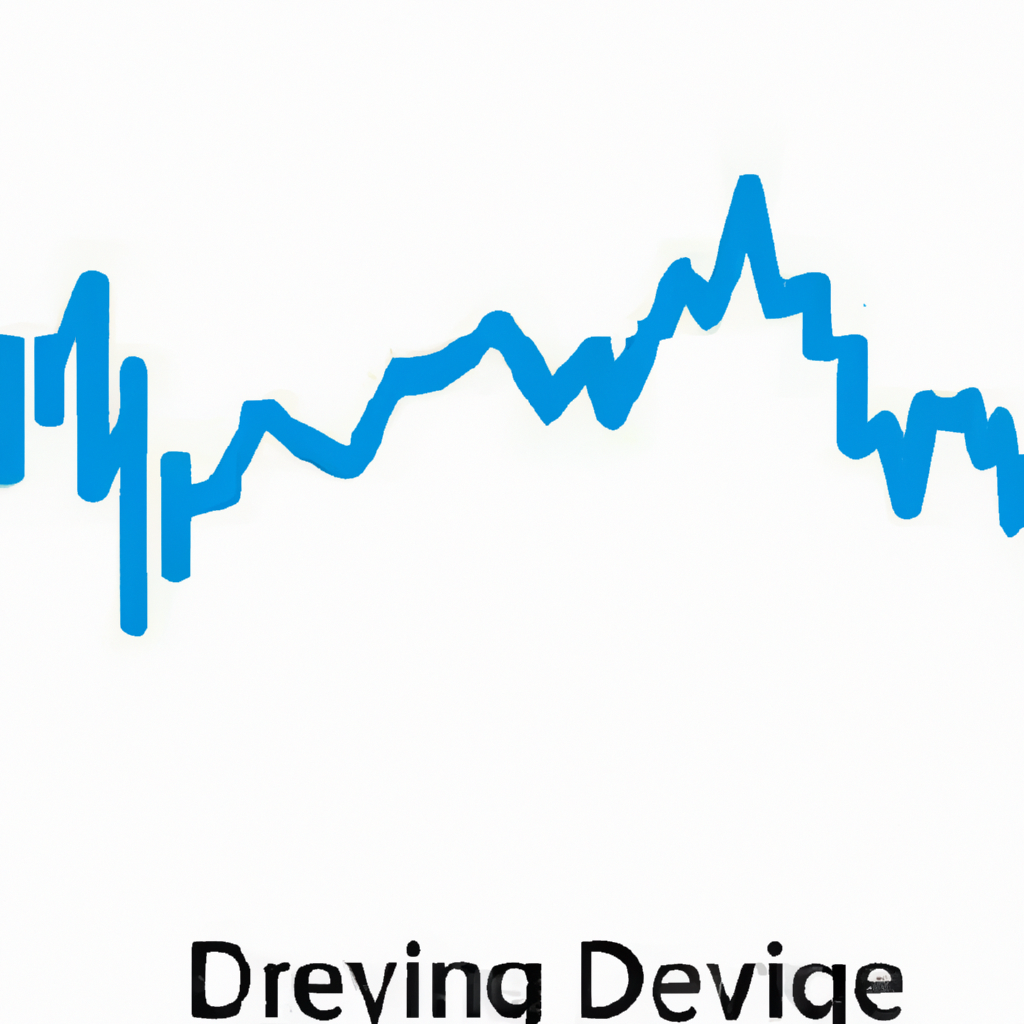
Using Divergence in Trading Strategies
Introduction
Divergence is a popular concept used by traders to identify potential trend reversals in the financial markets. It occurs when the price of an asset moves in the opposite direction of a technical indicator, indicating a possible shift in market sentiment. This article explores the use of divergence in trading strategies and how it can help traders make informed decisions.
Understanding Divergence
Divergence is based on the principle that price and momentum indicators should move in the same direction. When they diverge, it suggests that the current trend may be losing strength and a reversal could be imminent. There are two types of divergence: bullish and bearish.
Bullish Divergence
Bullish divergence occurs when the price of an asset makes lower lows, but the indicator makes higher lows. This suggests that the selling pressure is weakening, and a potential bullish reversal may occur. Traders often look for bullish divergence as a signal to buy or exit short positions.
Bearish Divergence
On the other hand, bearish divergence occurs when the price of an asset makes higher highs, but the indicator makes lower highs. This indicates that buying pressure is diminishing, and a potential bearish reversal may be on the horizon. Traders often consider bearish divergence as a signal to sell or exit long positions.
Using Divergence in Trading Strategies
Divergence can be used as a standalone trading strategy or in combination with other technical analysis tools. Here are some ways traders can incorporate divergence into their trading strategies:
1. Confirmation with Price Patterns: Divergence can be used to confirm the validity of price patterns such as double tops or double bottoms. When a divergence occurs in conjunction with these patterns, it strengthens the potential reversal signal.
2. Oscillator Divergence: Traders often use oscillators like the Relative Strength Index (RSI) or the Moving Average Convergence Divergence (MACD) to identify divergence. These indicators measure the momentum of an asset and can provide valuable insights when combined with divergence analysis.
3. Trend Reversal Confirmation: Divergence can help traders confirm a potential trend reversal. For example, if a bullish divergence is observed after a prolonged downtrend, it may indicate that the trend is losing steam and a bullish reversal is likely.
4. Stop Loss Placement: Divergence can also assist traders in determining appropriate stop loss levels. When a divergence signal is identified, placing a stop loss beyond the recent swing high or low can help protect against potential losses if the reversal fails to materialize.
Conclusion
Divergence is a powerful tool that traders can use to identify potential trend reversals in the financial markets. By understanding and incorporating divergence into their trading strategies, traders can make more informed decisions and increase their chances of success. However, it is important to remember that divergence is not a foolproof indicator and should be used in conjunction with other technical analysis tools for optimal results.





